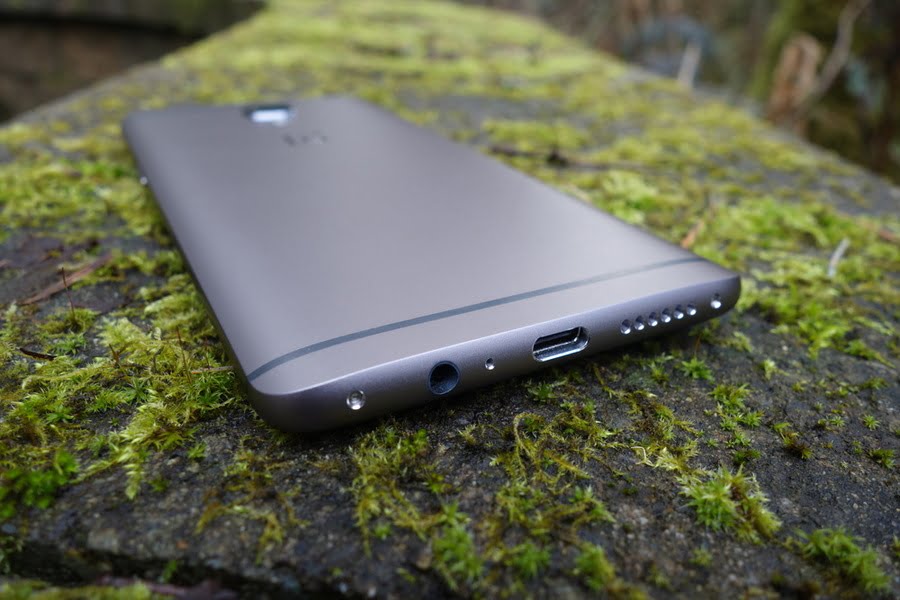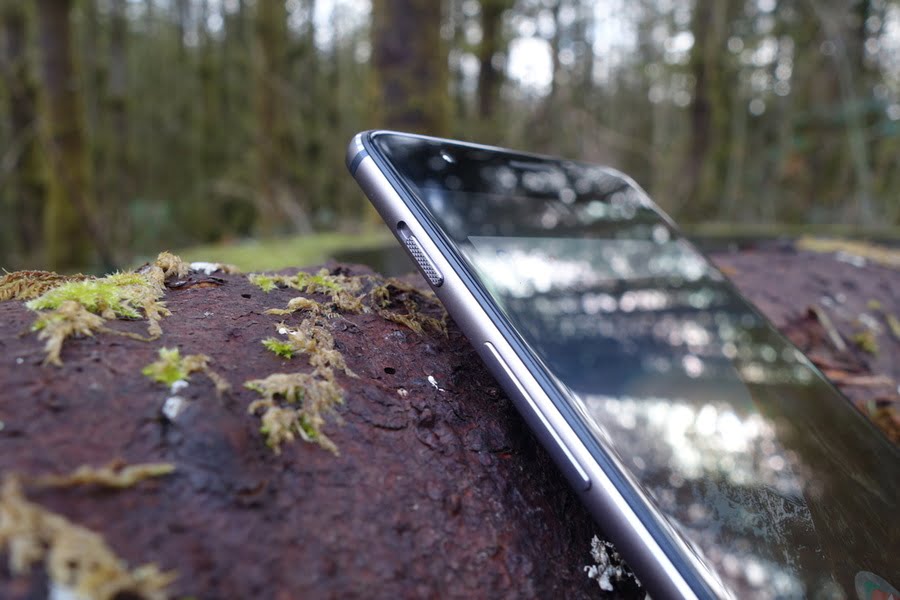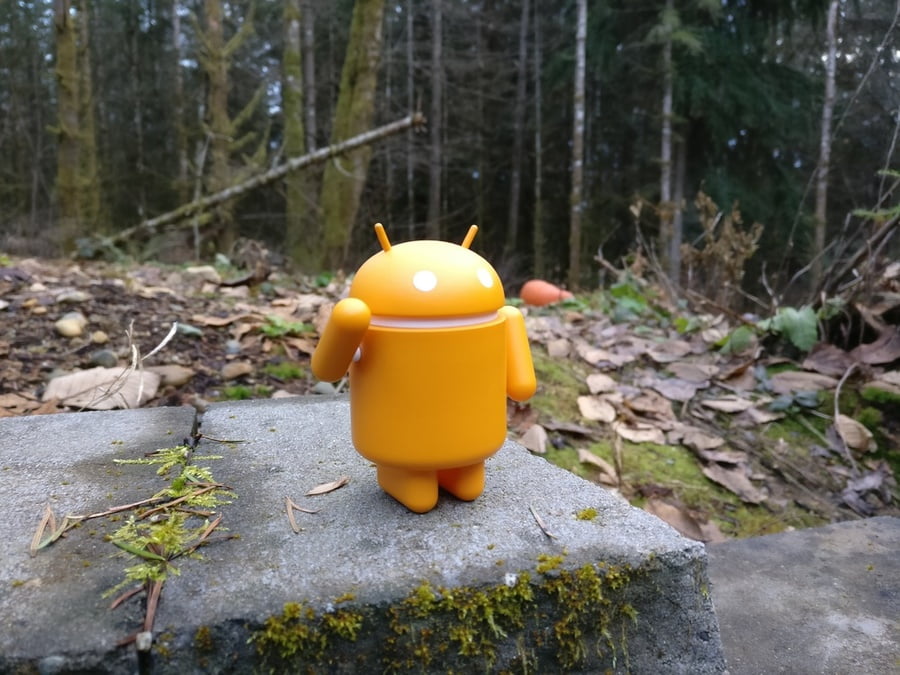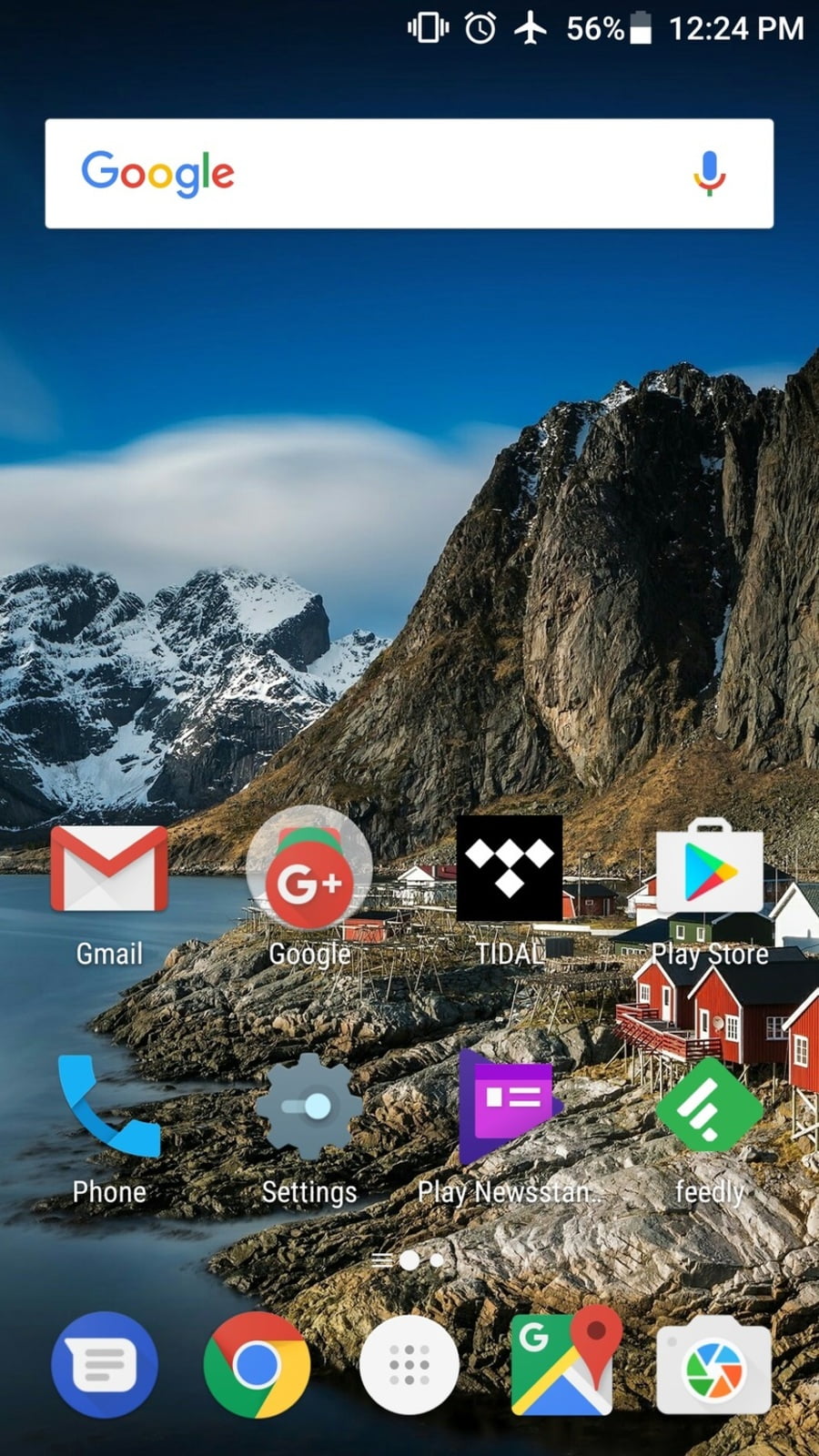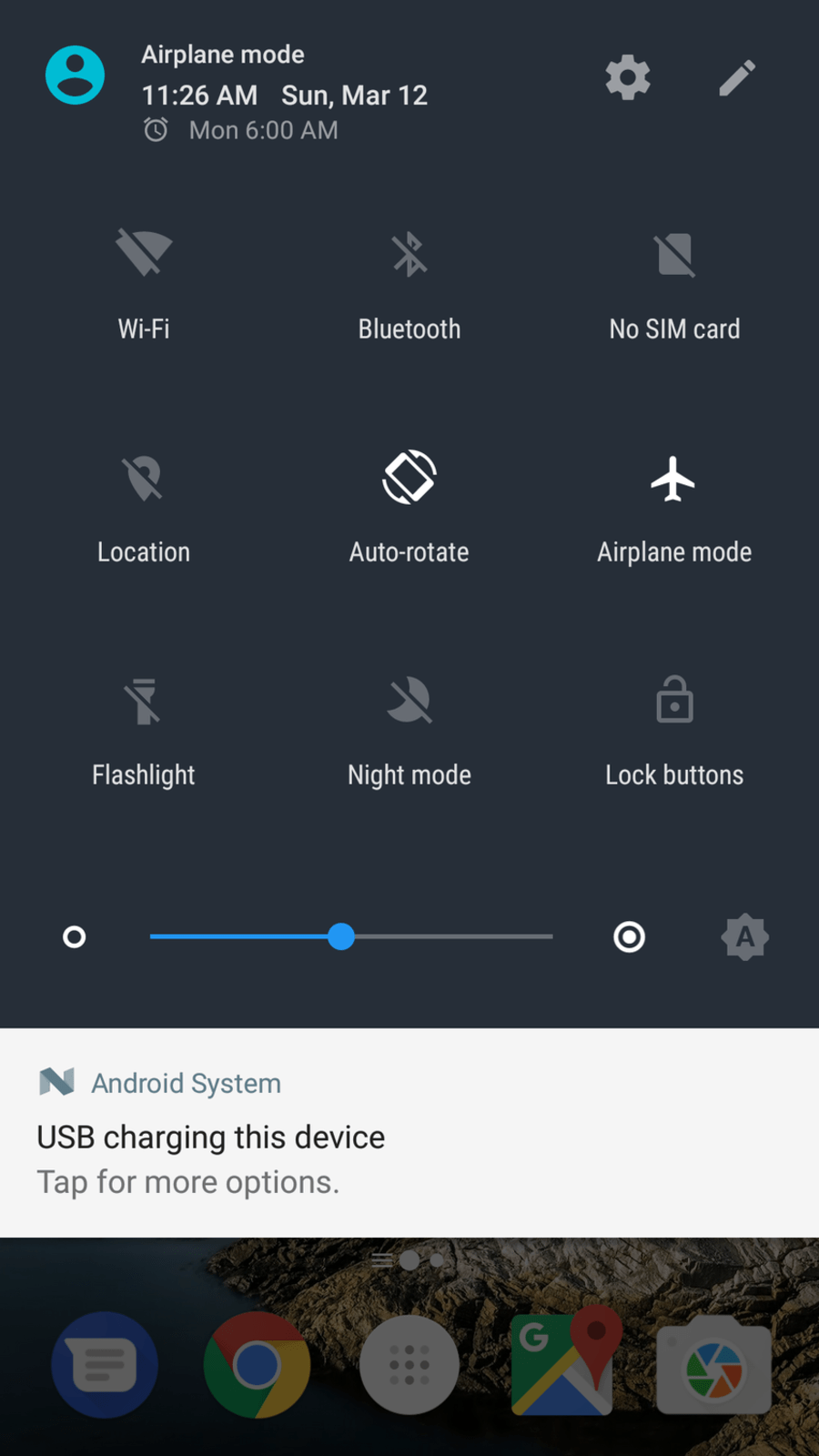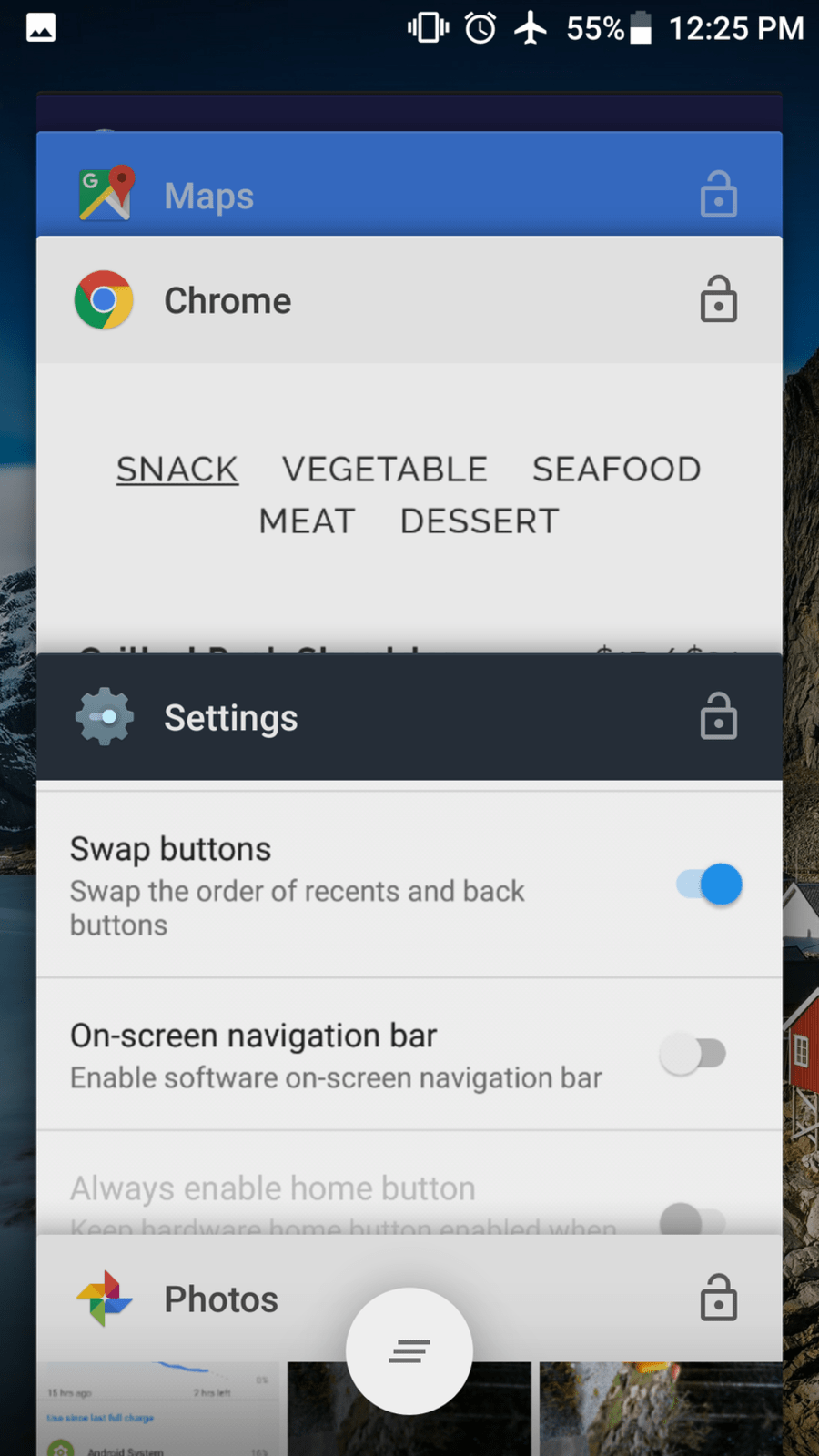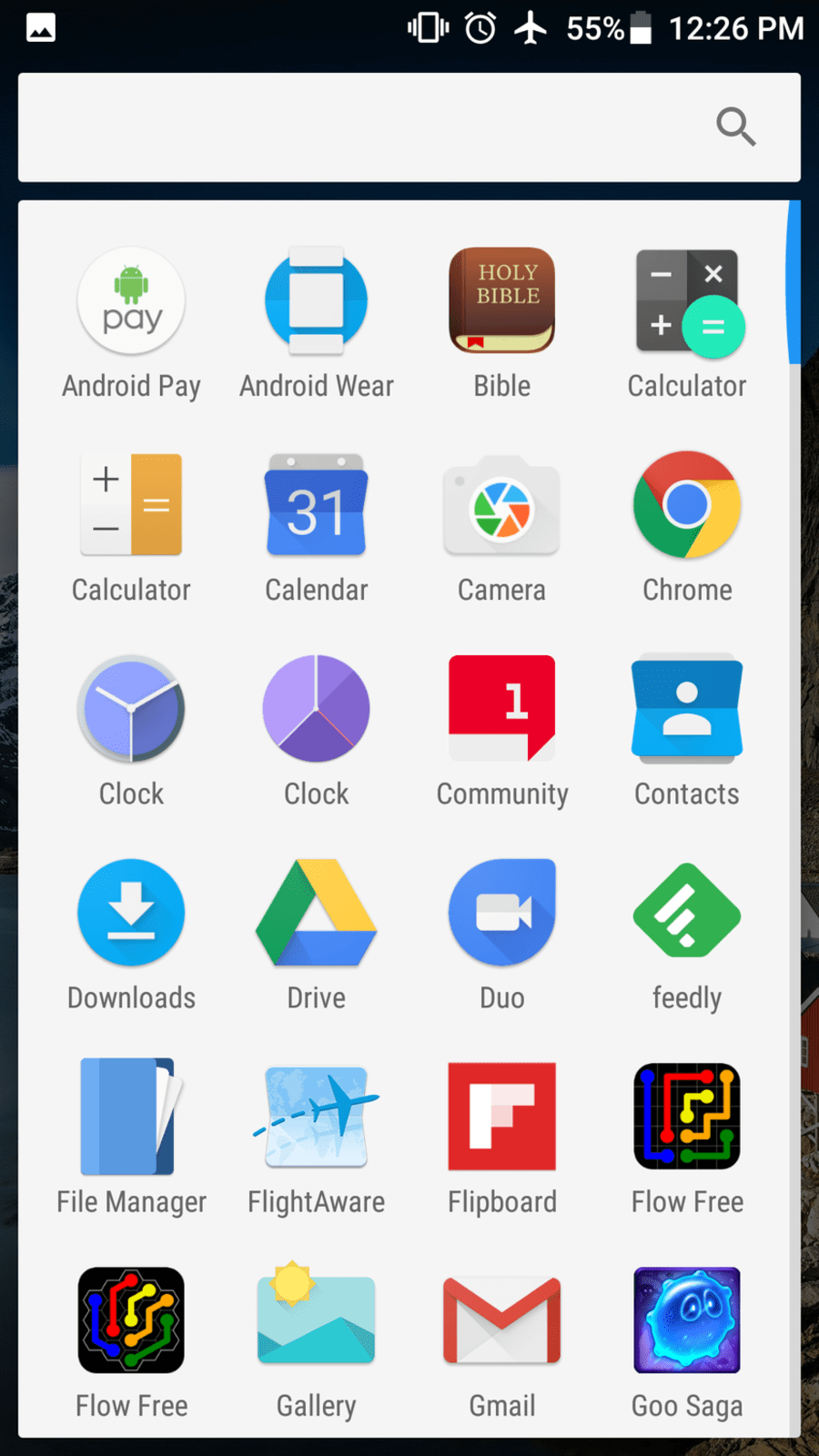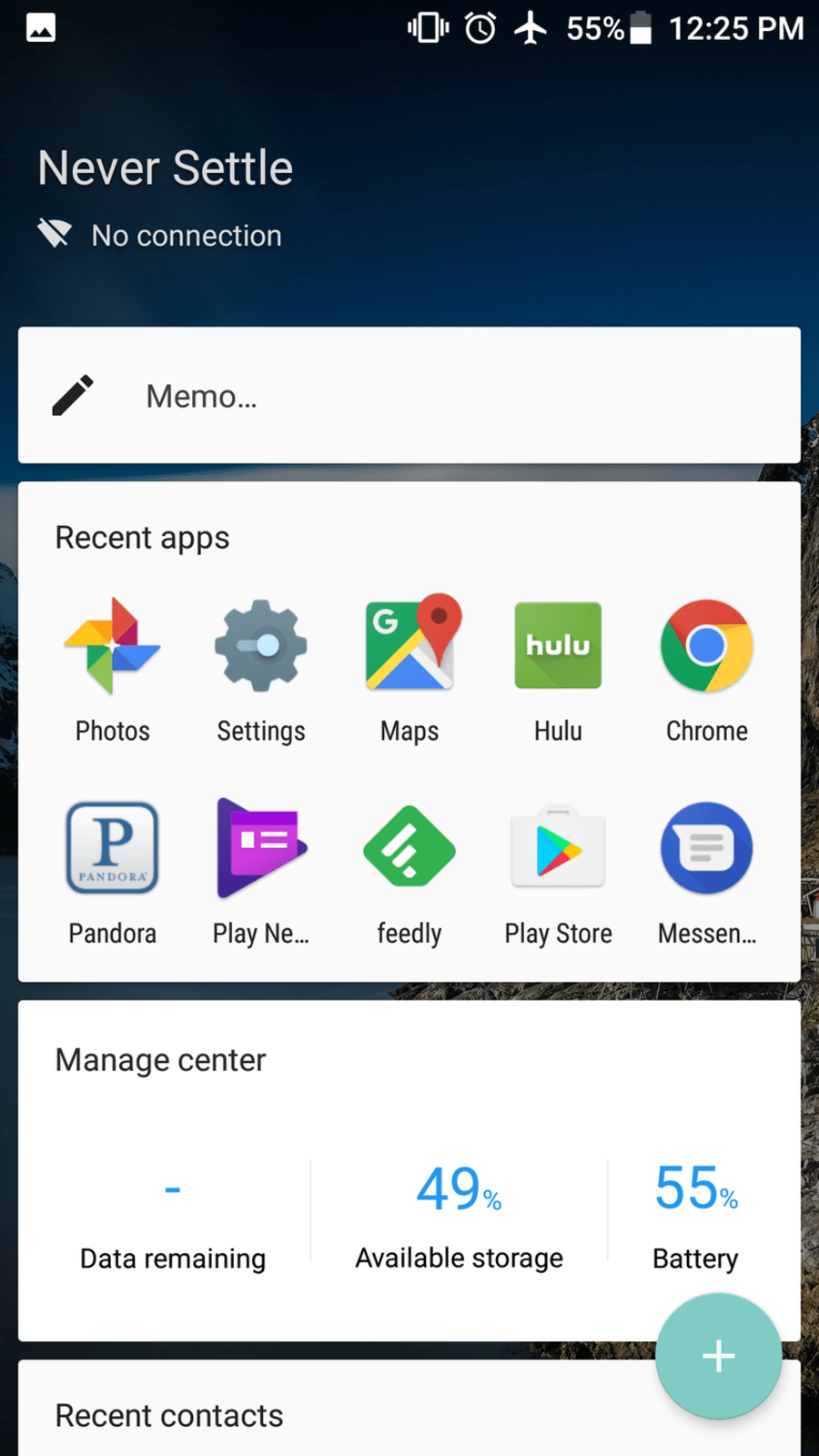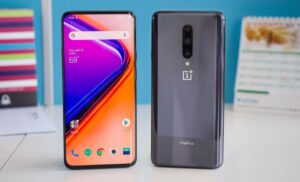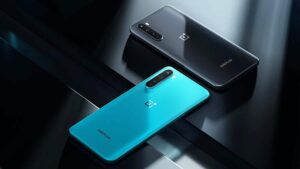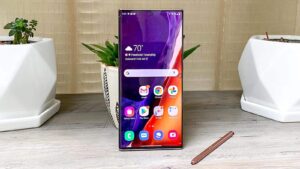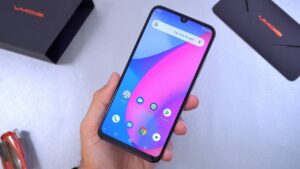This could be the best unlocked phone we’ve seen all week.
OnePlus is newer smartphone player in the Android space that likes to stir up the market. It’s known to produce probably the most competitive offering, or “Flagship Killer”. The OnePlus 3 that dropped the past summer was the company’s best effort to date, proving to be a force to be reckoned with even against top-end smartphones close to twice its price. Head over to our review of the OnePlus 3 to see how it won us over.
So what are we doing here so soon for a smartphone maker that launches only one flagship a year? Well, OnePlus thought it would be a good idea to refresh the OnePlus 3 mere months of its brother’s release. This souped up version of the company’s finest is dubbed the OnePlus 3T. Is there enough improvements to justify this incremental release to exist (not to mention a slight price hike), or is it a misfire? Find out the scoop in our OnePlus 3T review!
Overview
Price: $440 (unlocked only)
Available: Nov. 2016
Model: OnePlus 3T
Summary: The OnePlus 3T is an incremental update to probably the best-in-value Android smartphone in 2016. It continues the same design but stuffs in higher-end components, like the top-of-the-line Snapdragon 821 chipset and a sizable 3,400 mAh battery. But not much else has changed for a $40 extra cost.
What We Liked
- Excellent price for the specs
- Camera quality that keeps up with top-end phones
- Superior screen calibration and brightness
- Awesome battery life
What We Didn’t
- 1080P display resolution a step behind other flagships
- No microSD card slot
- Camera’s low-light performance is nothing to write home about
OnePlus 3T Specs
| Display | 5.5″ Optic AMOLED, 1080P |
|---|---|
| Chipset | Qualcomm Snapdragon 821 (quad-core, 2.35 GHz) |
| Memory | 6GB of RAM |
| Storage | 64GB/128GB, no microSD expansion |
| Rear Camera | 16MP, f/2.0, OIS |
| Front Camera | 16MP, f/2.0 |
| Battery | 3,400 mAh, non-removable |
| Software | Android 6.0 (to be upgraded to 7.0) with Oxygen OS interface |
| Colors | Gunmetal or Soft Gold |
| Price | $440 |
| Buy Now |
Design
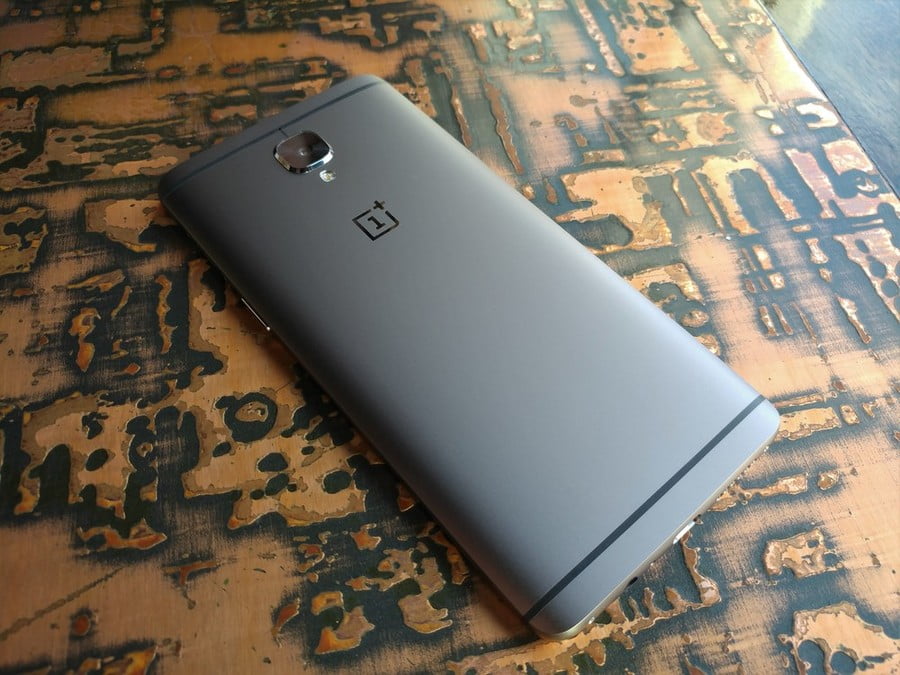
We’ll jump straight to the elephant in the room about this new smartphone – every aspect about the OnePlus 3T’s design is exactly the same as the original, from the all-metal, curved casing to the shiny camera hump. Even with the internal changes, the exterior dimensions are maintained. And despite a 400 mAh increase in battery capacity, the unit still weighs in at 158g – impressive.
OnePlus debuted the 3T with a new color for its own characteristic. Recalling the classy Graphite finish on the original, the 3T takes it a shade darker with Gunmetal. Our eyes approve of this still elegant but more serious looking color as well, and folks who like a different tone can still opt for OnePlus’ equally stylish Soft Gold option.
The recycled design shouldn’t be a factor of contention, as OnePlus’ latest build has proven itself in real-world usability and against the steep, higher-priced competition. Boasting a smooth metal uni-body that is as seamless and impeccably constructed as it gets, coupled with a thin 7.4mm profile, the 3T certainly feels like it punches greatly above its price. But we do recommend a case, as such thin and smooth edges on a large device increases the risk of drops.
You won’t get luxuries on the 3T that other flagship smartphones may have, like dual cameras, wireless charging, or IR remote control. Rather, OnePlus refines the primary features of a smartphone to ensure an excellent experience. For instance, the front-placed fingerprint scanner is of the best implemented and most responsive we’ve used on a smartphone thus far.
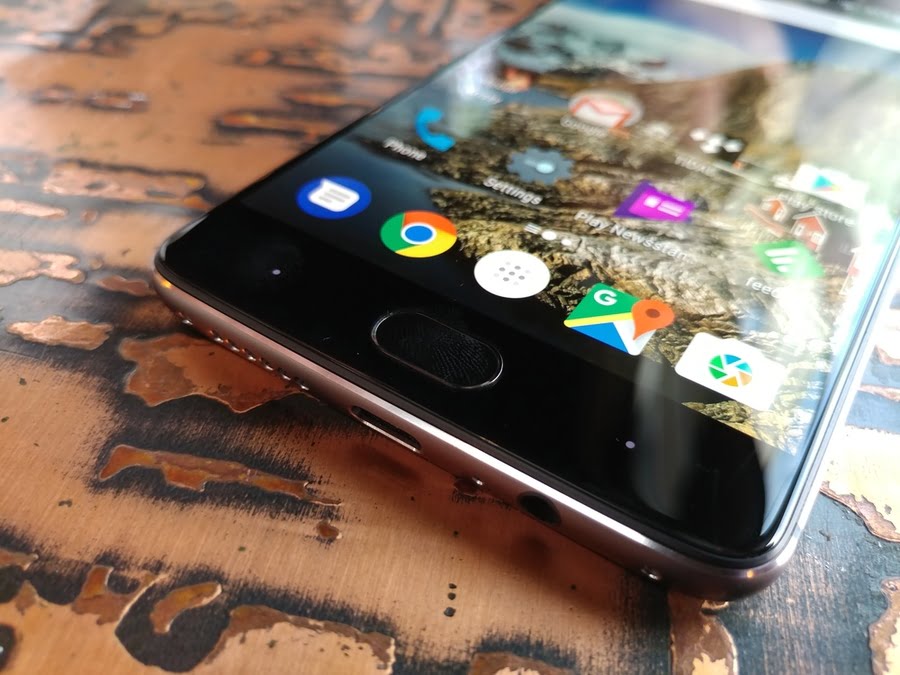
Performance
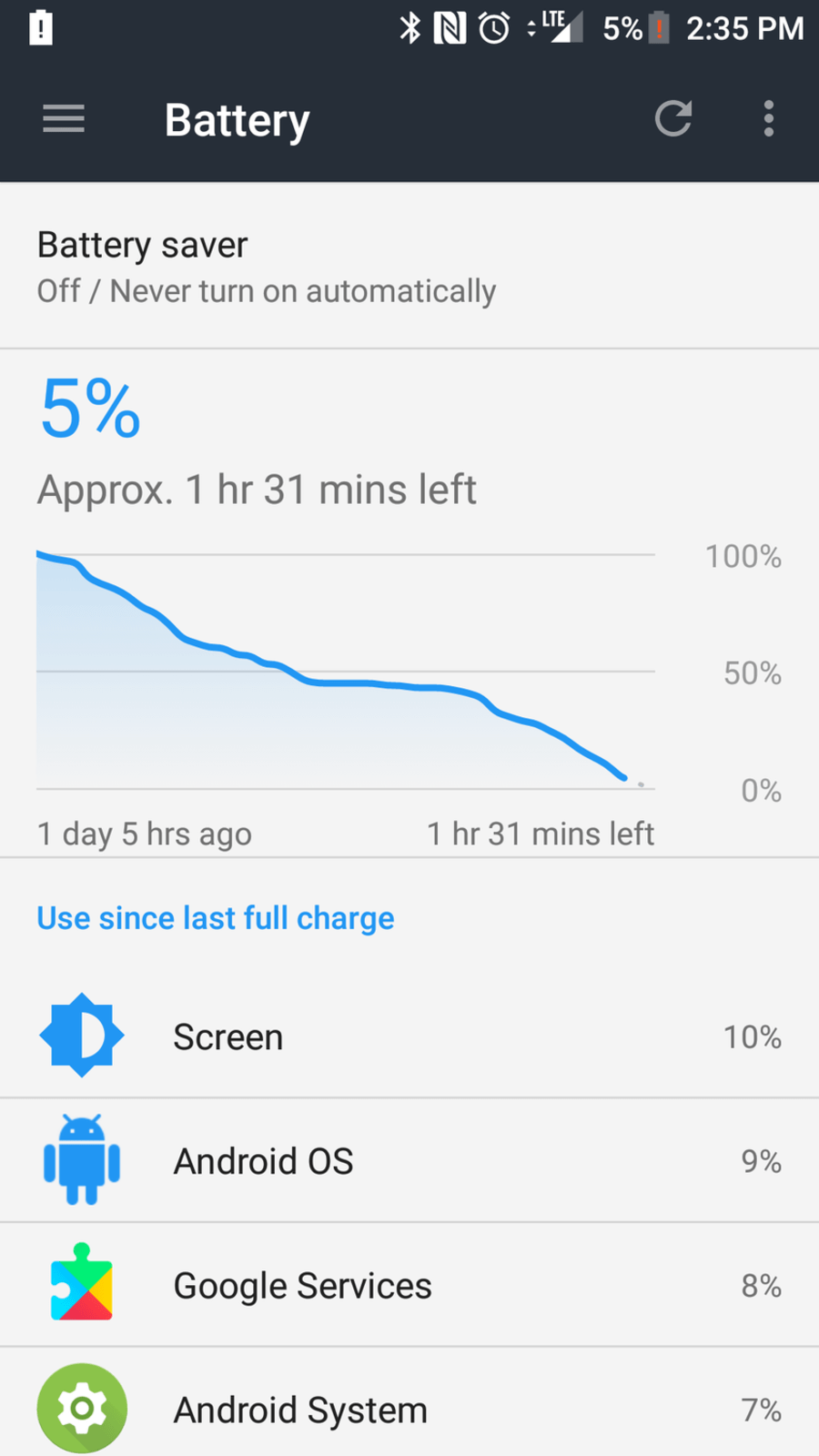
One of the few changes that the OnePlus 3T underwent is a slight bump in computational performance. The Snapdragon 821, as implied in the numbering scheme, is an incremental upgrade to the more common Snapdragon 820 processor that landed on most flagships throughout 2016. The only other big name to grace its presence was the Google Pixel. This means that the 3T gets a 10% boost in processing power compared to its predecessor, at least on paper (and coupled with the same plentiful 6 GB of RAM). However, to us, the upgrade isn’t really discernible; both versions of the phone are blazing fast.
A more meaningful change is the option to purchase the 3T in a 128 GB internal storage capacity (for a reasonable $40 more than the 64 GB variant). But do choose wisely, as one feature that was pulled back was microSD card expansion. Additionally, OnePlus found a way to significantly increase the battery, up to 3,400 mAh (from the OnePlus 3’s 3,000 mAh), without messing with the original dimensions or weight. And in tow is of course OnePlus’ unbelievably quick charging Dash charge technology, which can get you 50% charge in just 30 minutes.
Our only criticism falls in regard to connectivity reception. Namely, the range of the network internet and Bluetooth signals at times fell short compared to more established flagship competitors like the Galaxy S7 or LG V20 in our real-world usability. Buyers should also be mindful that the international GSM bands on the 3T may not offer the entire capability of your particular network (though, we have little to complain about on T-Mobile in the US, as HSPA+ and LTE were both a go). Lastly, being a GSM-only phone, you can count Verizon and Sprint compatibility out.
Display
Despite rumors that OnePlus was going to cease using AMOLED panels in favor of the easier-to-come-by LCD, the 3T ended up sporting the same stellar 5.5″ screen as before. We previously praised OnePlus’ take on the AMOLED display, which the company specially tweaked to gain more natural colors and better visibility against bright sunlight.
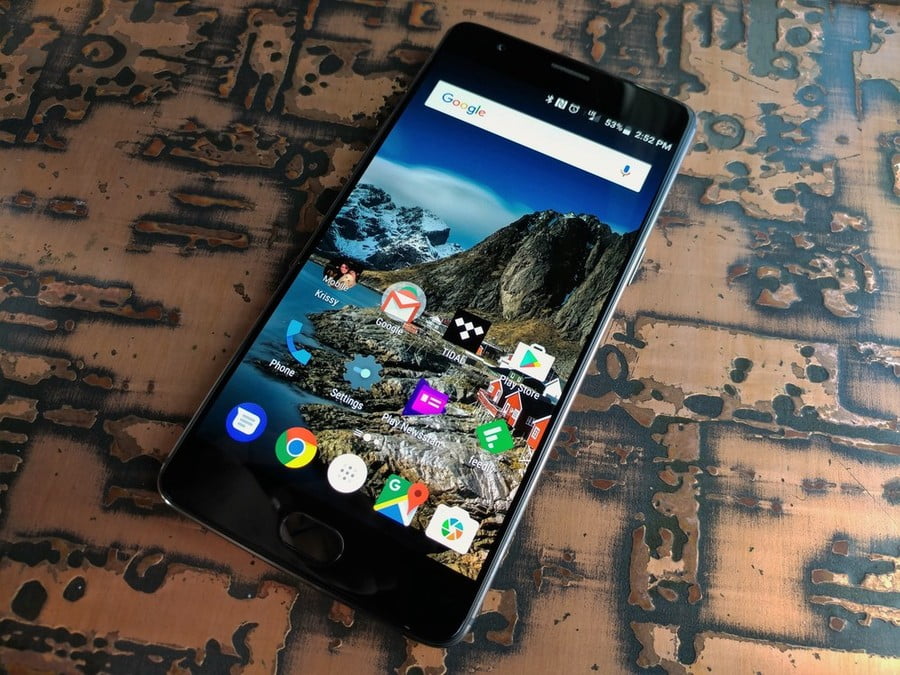
Specifically, we noticed that whites were truer compared to Samsung S-AMOLED calibration, and the screen was plenty clear at just 50% brightness on a sunny day. But we’re still getting a 1080P panel with the 3T in the midst of top-end flagships that have moved on to a pixel-saturated QHD resolution. That gives the competition an edge on picture sharpness, but only slightly.
Camera
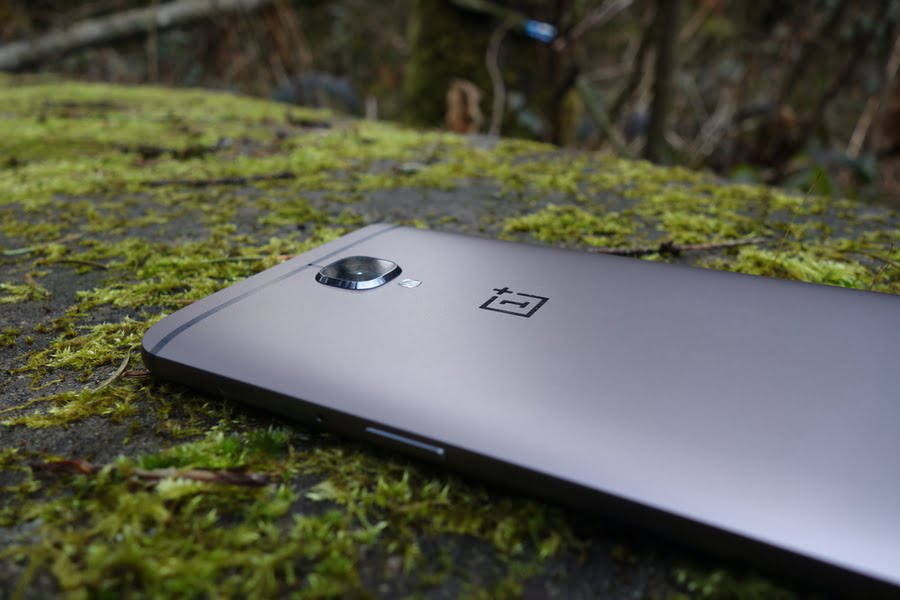
An aspect that most affordable smartphones skimp on is the camera. Fortunately, this was not the case with the OnePlus 3 and now its souped up sibling, which carries over the same 16MP Sony IMX298 sensor (f/2.0 lens aperture and optical image stabilization) that performed superbly in our use. Sure, low-light snaps are nothing to write home about (you can’t expect everything at this price-point), but most situations will get you quality that’s up there with the big boys. Check out some of our shots below.
Although, there was in fact a change present. Those who thought they could use more detail from their selfie shots will be pleased by doubled capture resolution of the front camera, from 8MP to 16MP. The sensor also has a f/2.0 aperture opening like on the primary camera, but not OIS.
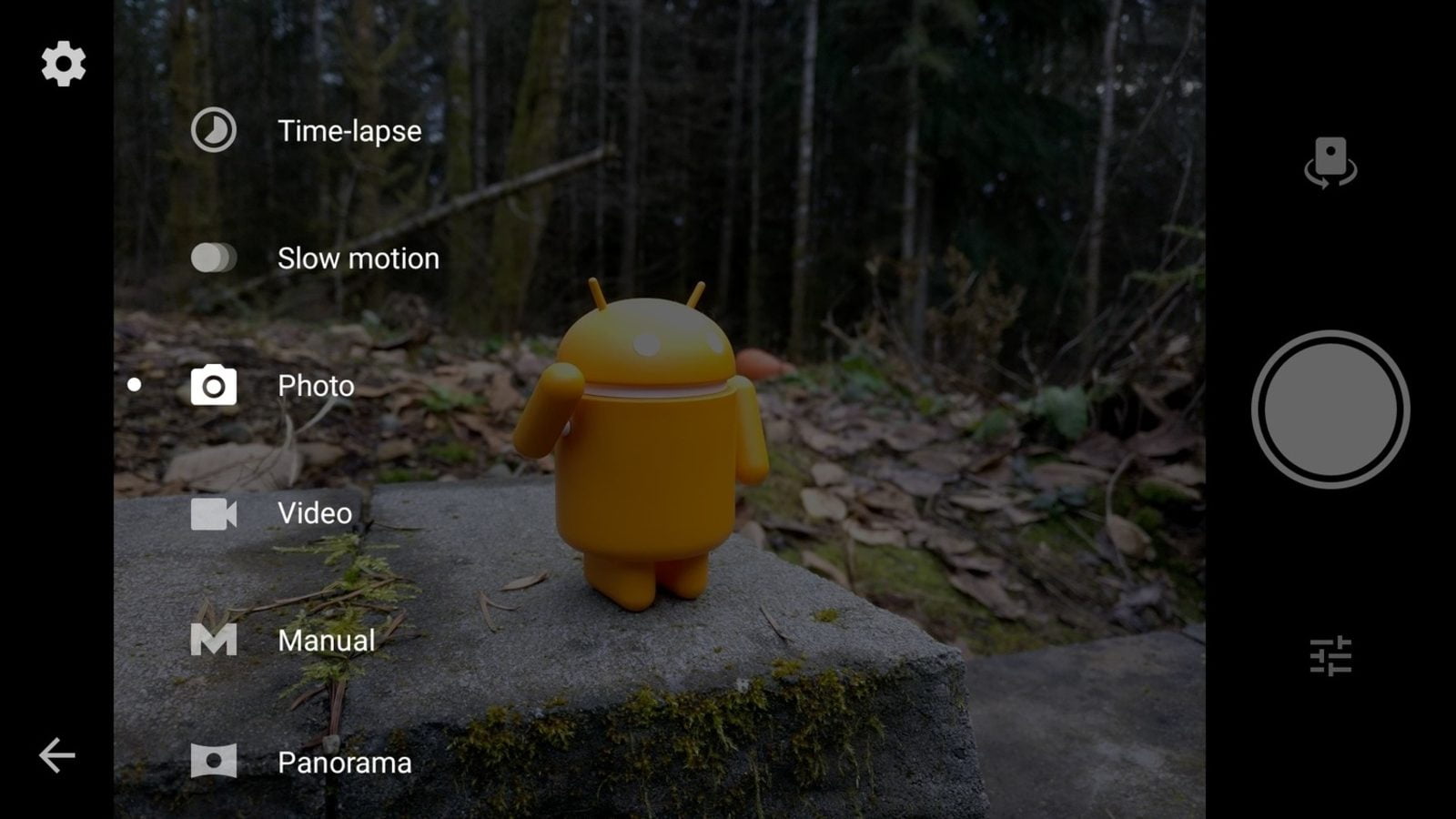
Software
OnePlus recently came through and brought the OnePlus 3T up to the newest Android 7.0 (Nougat) software build. Being that the company’s custom OxygenOS interface is minimal and very stock-like, it feels like OnePlus has unintentionally filled in where Google’s Nexus program has unapologetically left behind fans that love both the pure Android experience and affordable smartphone pricing.
Having had a great time with the Google Pixel, we are glad to report that the 3T now delivers a very similarly excellent software experience. All of the UI animations and transitions are super smooth and fluid, and most of the aesthetics match Android’s latest polish. Additionally, most of Google’s newest features, such as dual windows, DPI scaler, double-tap of Recent Apps button to hop between apps, and even Google Assistant, are in tow.
But with the 3T you get the added benefits of custom functions within OxygenOS that we think should natively be baked into Android. This includes not only double-tap-to-wake the screen but the option for Ambient Display (screen displays a preview of incoming notifications). The multitude of button customizations is something we largely appreciated, with useful options like being able to swap the Recents and Back navigation buttons, pressing the power button twice to quickly launch the camera, and assigning extra functions on long-presses or double-taps on the navigation buttons. This includes gestures for certain functions, like to quick launch the flashlight or music player with a screen swipe pattern.
Final Thoughts
OnePlus had a winner with its super refined third iteration flagship smartphone, and while the existence of the incremental 3T may be in question, it builds on a successful formula that gives interested consumers an even tougher bargain to turn down. You simply won’t find another $400 smartphone with topped-out specs like a top-of-the-line Snapdragon 821 chipset, 6GB of RAM, and 3,400 mAh battery. But it’s not just about the specs. The 3T is through-and-through a well crafted smartphone; so much so that any of its slight compromises, like the 1080P screen resolution or average low-light performing camera, are easily overshadowed by its exceptional value.
